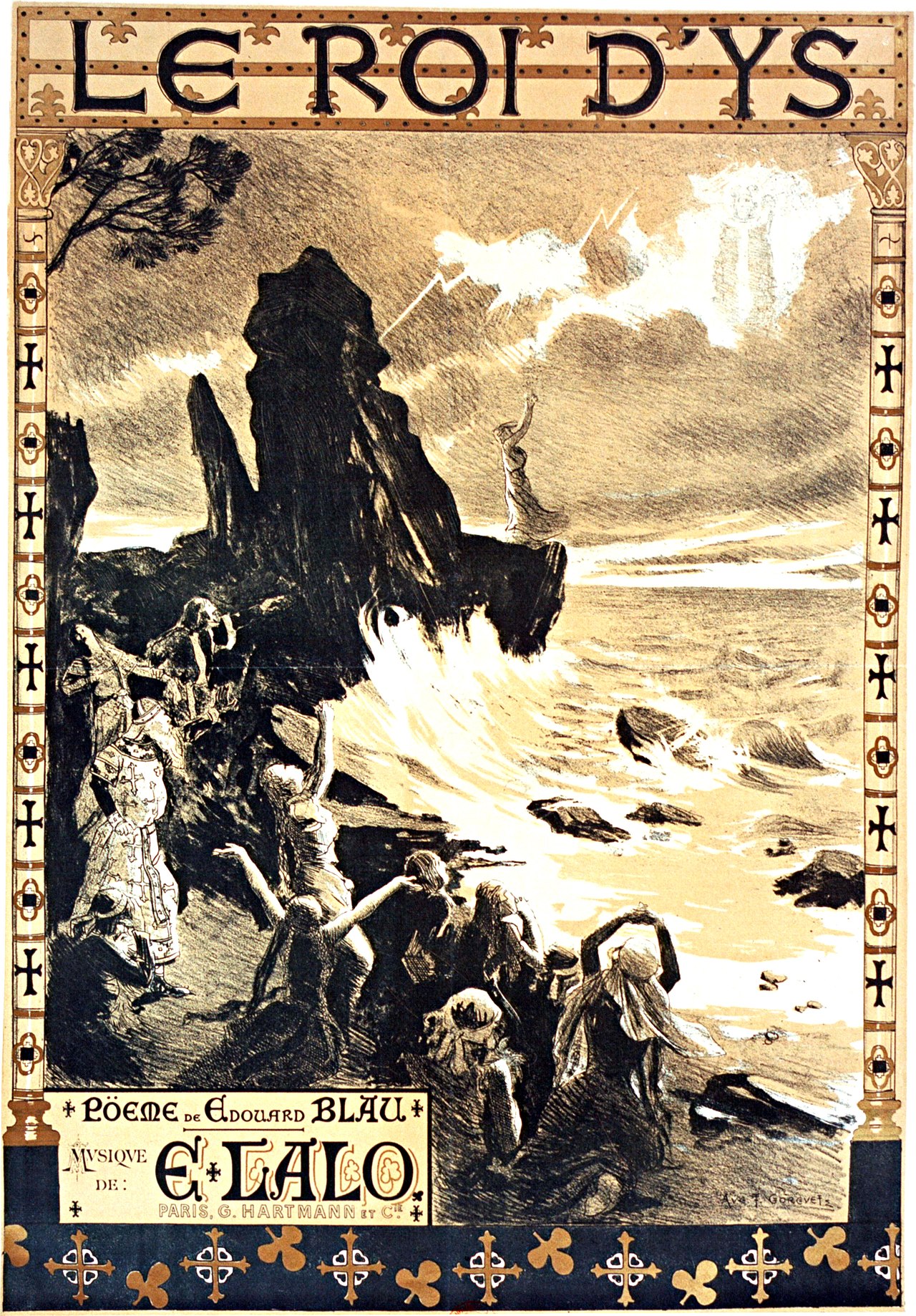
“Le roi d’Ys” is an opera by French composer Édouard Lalo (1823 – 1892), to a libretto by Édouard Blau, based on the old Breton legend of the drowned city of Ys (assumed geographical location).

“Le roi d’Ys” is an opera by French composer Édouard Lalo (1823 – 1892), to a libretto by Édouard Blau, based on the old Breton legend of the drowned city of Ys (assumed geographical location).
Thanks to Stephan Wagner for the reminder.
USA; 20. Century; Christian; film; City: New York
“Only man knows natural disasters, so far as he survives them. Nature does not know disasters.”
“Katastrophen kennt allein der Mensch, sofern er sie überlebt; die Natur kennt keine Katastrophen.“
from: Max Frisch: Der Mensch erscheint im Holozän. (1979)
The German term “Katastrophe” (Catastrophe) stems from the Greek name for a sudden turn of events and in antiquity was commonly used to describe a plot twist in a comedy. The English “disaster” literally means “bad star”. G. J. Schenk speculates that the usage of the term was made popular by the stories of Sindbad The Sailor in the Middle East in the 17th Century.
Switzerland; 20. Century; Christian; Literature
“Noye’s Fludde” is an opera by british composer Britten from 1958 based on the Noah myth. It premiered in England just 5 years after the great North Sea Flood of 1953.
UK; 20. Century; Christian; Music, Opera; Noah
… with wall to protect the city from the creatures of the deep in the movie Pacific Rim (2013)
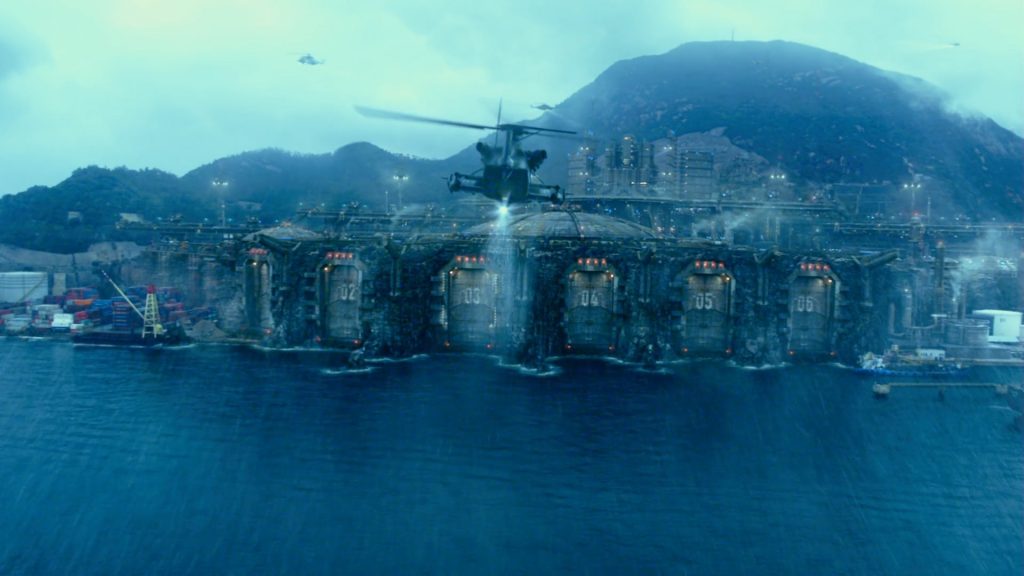
and now, or rather, in reality…
:max_bytes(150000):strip_icc():gifv():format(webp)/GettyImages-586892388-5c7b646fc9e77c0001d19d3b.jpg)
USA, China; 21. Century; Christian; Movie; City: Hong Kong
USA; 20. Century; Christian; Movie; City: Rome
There are many projects for the visualisation of the effects of rising sea levels. The US-American company Climate Central presents dozens of photo-realistic images of potentially flooded areas. Like the flooded Super Bowl Stadium in Florida:

They even offer animated gifs and other before-after-imagery. In this example a section of Hamburg in Germany now (left side) and 50 years from now (right).
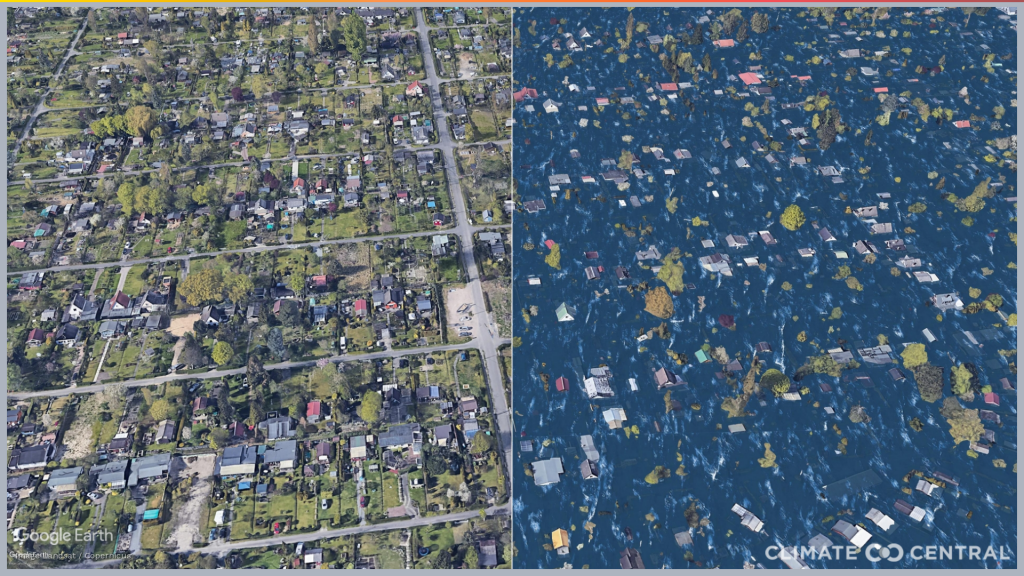
A different approach is the speculative cartography by designer Jeffrey Linn. His “retrofuture” maps appear like antiques but depict future scenarios. In this case, a partially flooded San Francisco Bay. His work is for sale here
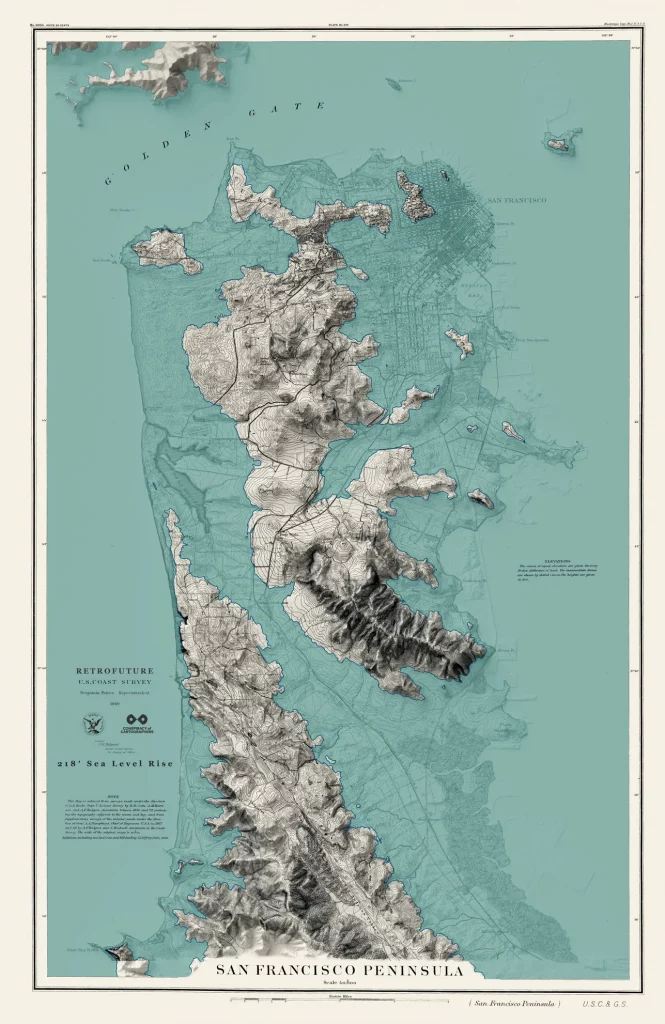
USA; 21. Century; Christian; Photography, Maps, Illustration; Cities: San Franscisco, Hamburg
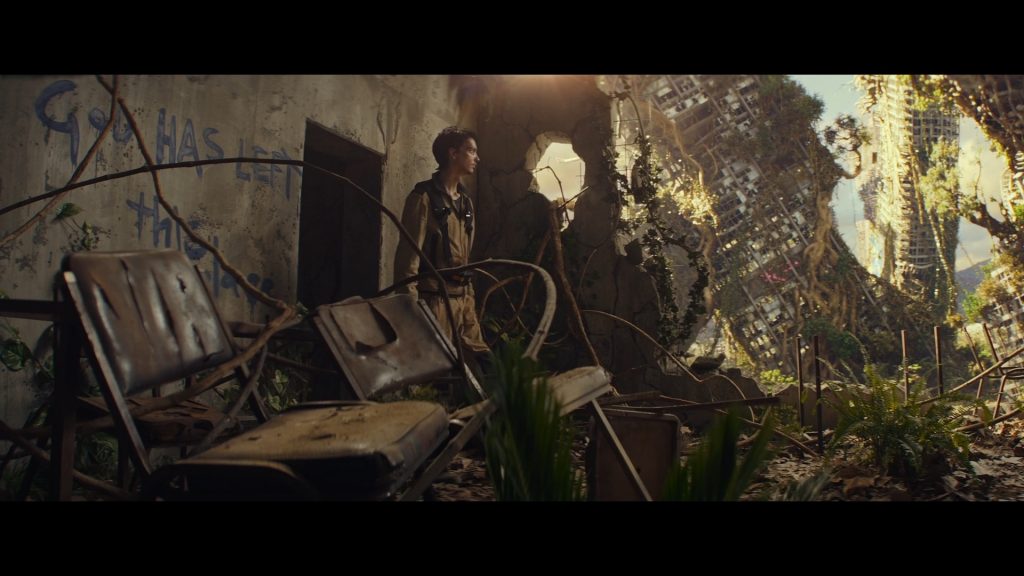
[Es] ist der Reiz der Ruine, dass hier ein Menschenwerk ganz wie ein Naturprodukt empfunden wird.
Dieselben Kräfte, die durch Verwitterung, Ausspülung, Zusammenstürzen, Ansetzen von Vegetation dem Berge seine Gestalt verschaffen, haben sich hier an dem Gemäuer wirksam erwiesen. Was den Bau nach oben geführt hat, ist der menschliche Wille, was ihm sein jetziges Aussehen gibt, ist die mechanische, nach unten ziehende, zernagende und zertrümmernde Naturgewalt. Aber sie lässt das Werk dennoch nicht in die Formlosigkeit bloßer Materie sinken, es entsteht eine neue Form, die vom Standpunkt der Natur aus durchaus sinnvoll, begreiflich, differenziert ist. Die Natur hat das Kunstwerk zum Material ihrer Formung gemacht, wie vorher die Kunst sich der Natur als ihres Stoffes bedient hatte. (Aus: Georg Simmel, Die Ruine, 1907) engl. translation: [It] is the attraction of the ruins that a work of man is perceived here as a product of nature. The same forces that give the mountain its shape through weathering, washing out, collapsing, and the growth of vegetation have proved to be at work here on the walls. Human will is what brought the structure up, what gives it its current appearance is the mechanical, downward-pulling, gnawing and smashing force of nature. But she does not let the work sink into the formlessness of mere matter. A new form emerges that from the point of view of nature is quite meaningful, understandable, differentiated. Nature has made the work of art the material of its formation, just as art had previously used nature as its material.
Germany; 20. Century; Christian; Essay;
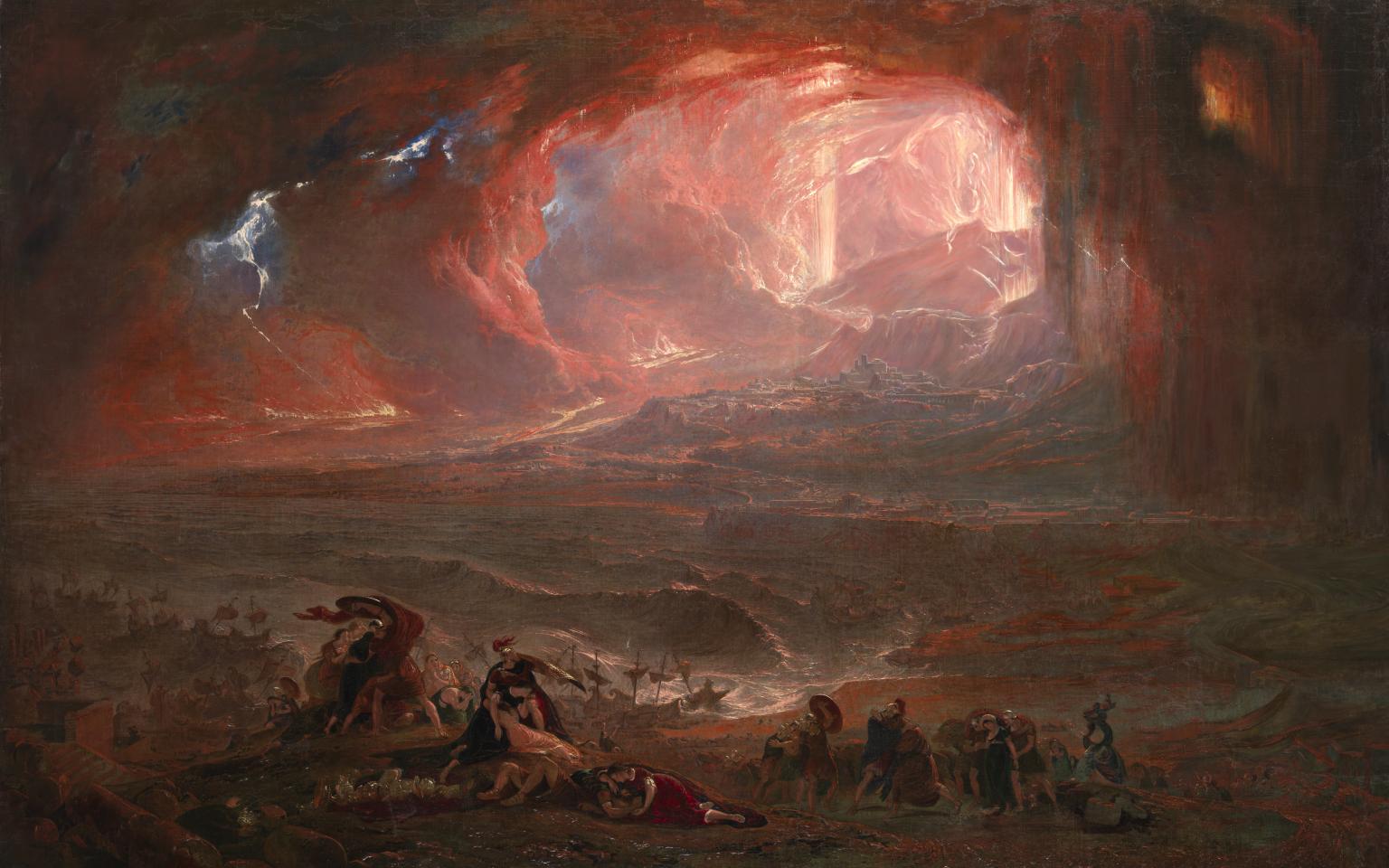
John Martin’s oil painting, acquired by Tate Gallery London in 1869, imagines the extent of the disaster that famously beset the sister cities of Pompeii and Herculaneum when the volcano Mount Vesuvius erupted on 24 August AD 79.
The painting was first exhibited in 1822. In 1928 the painting was in basement storage when the Tate was severly affected by the Thames flood. The picture was badly damaged and effectively written off but was extensively restored in 2011. (Text quoted from Tate Gallery Website)
Thanks to Theresa Deichert for the tip!
UK; 19. Century; 21. Century; Christian; Painting; City: London
Eko Atlantic, officially Nigeria International Commerce city, also known as Eko Atlantic City, or the initials E.A.C. and E.A., is a planned city of Lagos State, Nigeria, being constructed on land reclaimed from the Atlantic Ocean. Upon completion, the new peninsula is anticipating at least 250,000 residents and a daily flow of 150,000 commuters. The development is also designed to help in stopping the erosion of Lagos city’s coastline. (Quote Wikipedia)
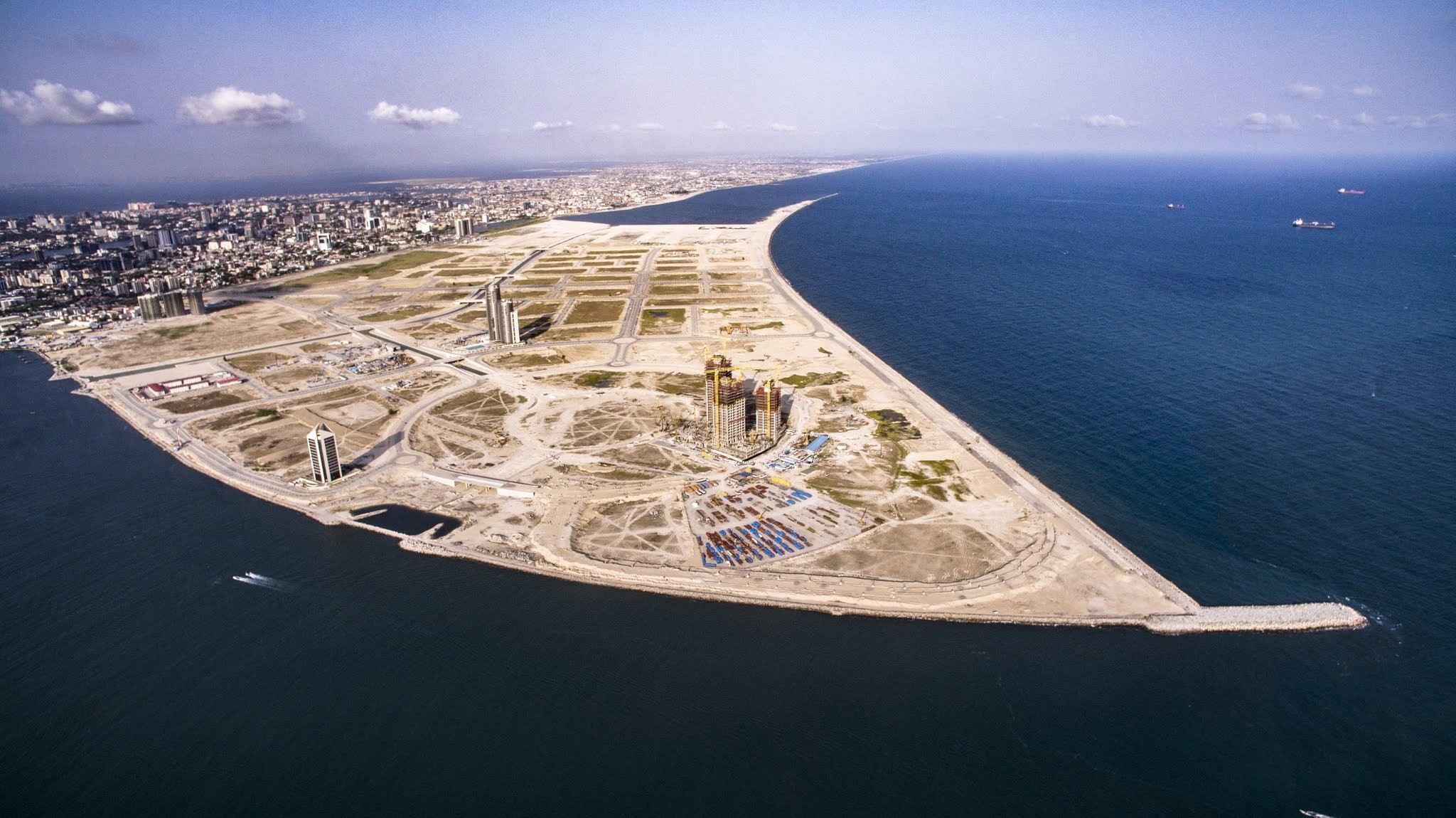
Thanks to Fabienne Hölzel for the tip!
Nigeria; 21. Century; Christian; Engineering; City: Lagos